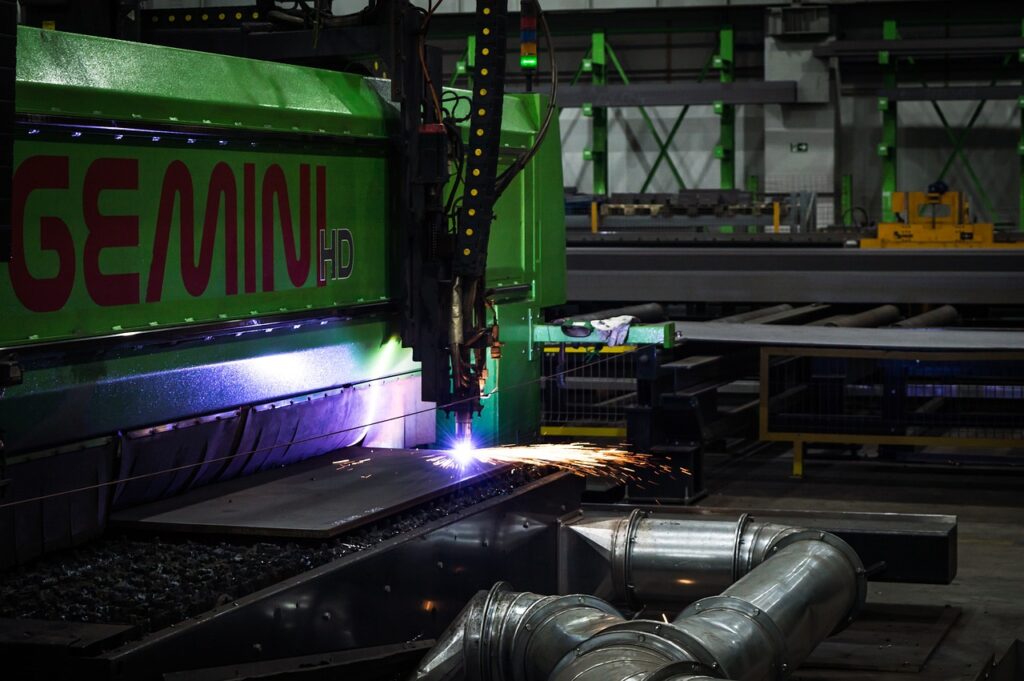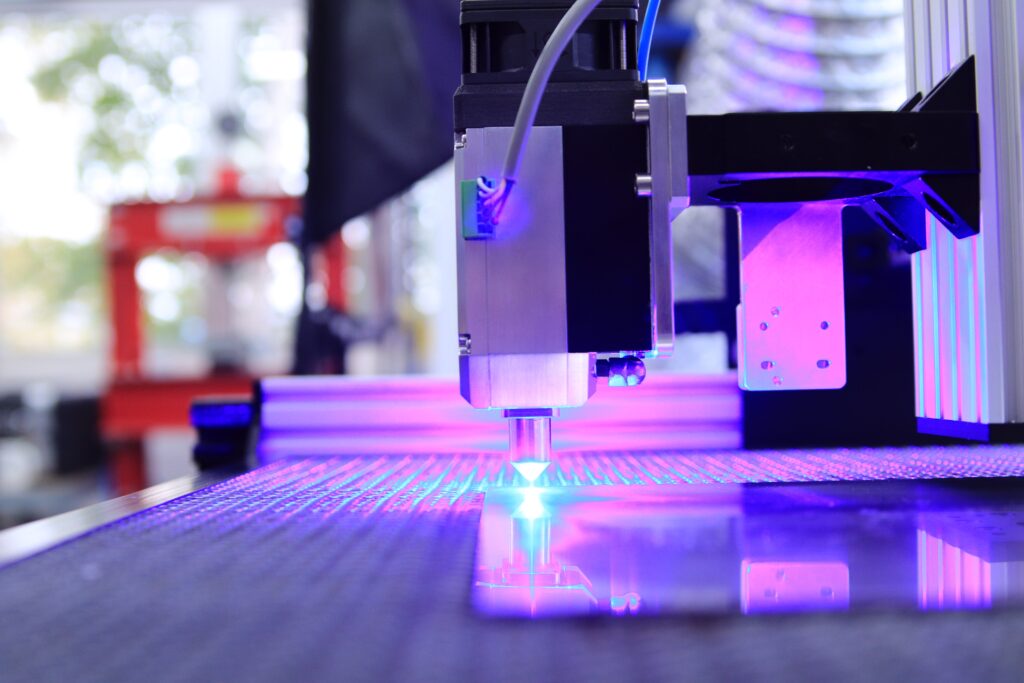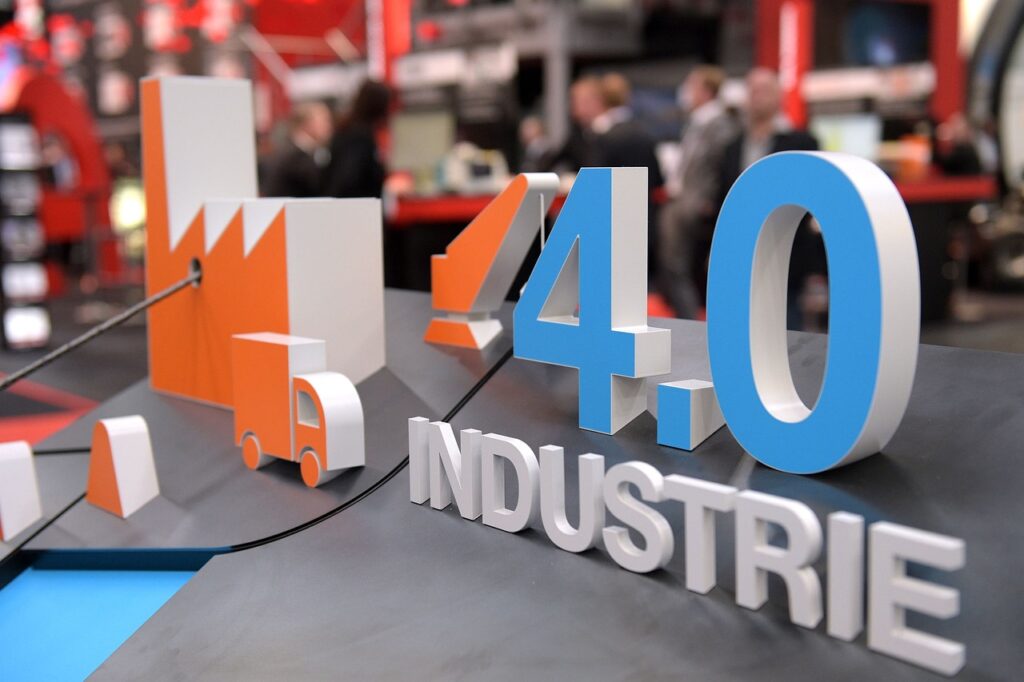Micro-Automation – Small Part Automation
When approaching the automation of a system there are many factors to take into consideration including: product in-feed, product out-feed, cycle rate, quality inspection, and as important as the technical specifications a shared definition of success. When you move into applications that involve handling small parts “microparts” another level of complexity is typically added to the equation due to challenges in handling the parts on the in-feed side. Traditionally, the in feed of parts into an automation cell is done with products like a bowl feeder. Bowl feeders have allowed many successful automation solutions to be deployed but have limitations including: changeover (each bowl feeder is designed for a specific part), high investment that can’t be easily re-purposed, difficulty handling delicate material, and jamming & part re-circulation. There are applications where a vibratory bowl feeder is the right in-feed solution. We have found these applications to be purpose built automation cells handling limited parts with high volumes at high speeds. Finding the Right Solution At Sure Controls we want to offer our customers with the best solution for their application requirements. This leads into where we prefer to leverage technologies available from companies like Asyril to integrate their 3-axis vibration “Asycube” flexible part feeding solutions into robotic automation cells. With a wide range of flexible part feeding solutions our robotic integration designers can help customers automate in areas where in the past it may not have been economically or technically feasible. With the integration of flexible part feeders we have successfully provided systems in the electronics, medical, automotive, and plastics industries. In each of these markets we were able to introduce a technology that allowed the customer to improve the automation cell or entirely rethink how they could automate at a lower volume allowing them to secure business they may have previously not being securing.At Sure Controls we are committed to deliver smiles and that is how we define success when providing a solution to our customers. You may be asking: “What does that mean?” What that means is that we measure our success on whether a customer is smiling at the end of a solution we provide. As this relates to micro-automation (small part automation) our customers have been smiling when we delivered solutions that: We hope this has been educational and please do not hesitate to contact us to learn more about micro-automation. You can contact us here. We are always looking to learn more and look forward to learning about your application requirements and how we may be able to put a smile on your face the next time you think of automating.





